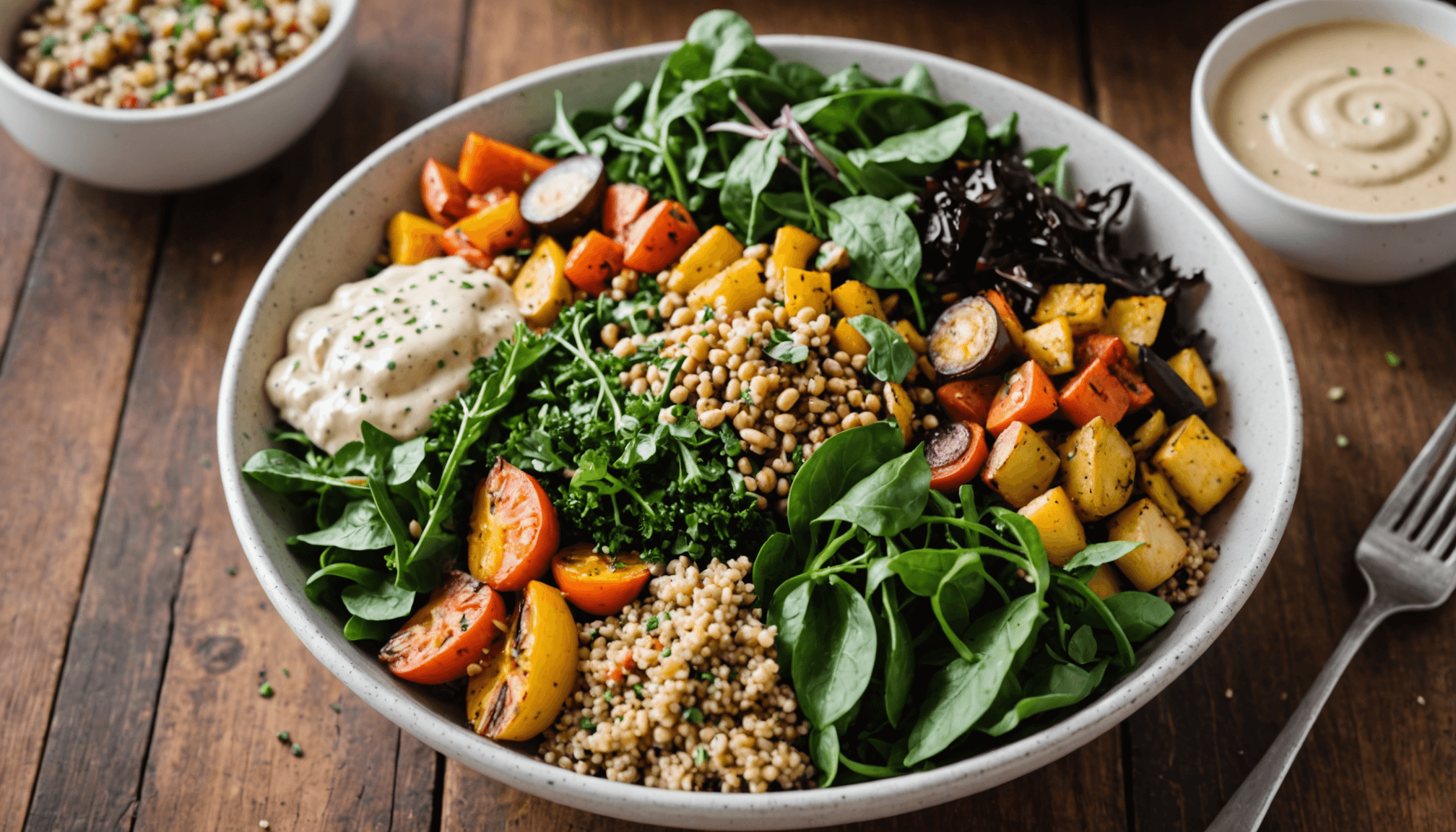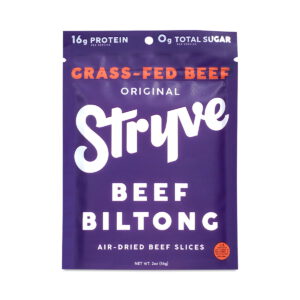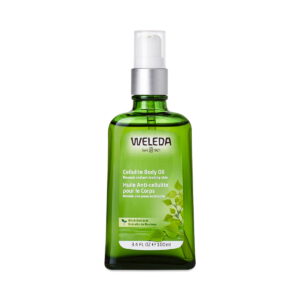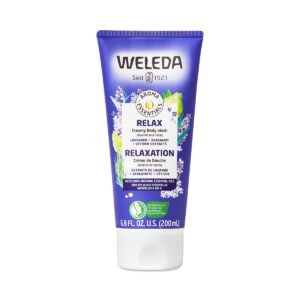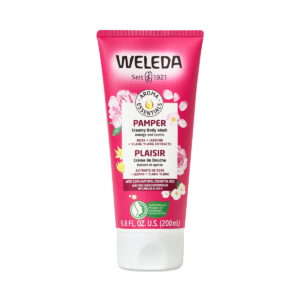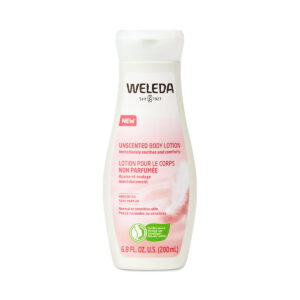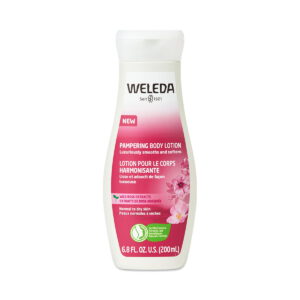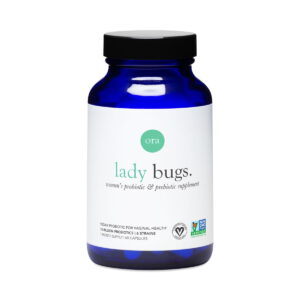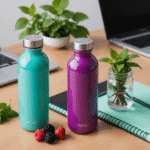- Healthy lunch prep strategies
- Essential meal prep tools
- Quick and nutritious recipes
- Storage and portioning tips
- Timing your meal prep
- Balancing nutrition with convenience
Grocery shopping can be a daunting task, especially for those juggling busy workdays. However, with some strategic planning and knowledge, you can make your shopping trips more efficient and enjoyable. To start, create a list based on your meal prep needs to ensure you don’t forget critical items while also minimizing impulse purchases. Stick to the perimeter of the store where fresh produce, meats, and dairy products are typically located, as these areas usually contain healthier options.
When shopping for healthy lunch prep, focus on items that are rich in nutrients but also budget-friendly. Here are some essential categories to consider:
- Fresh Fruits and Vegetables: Look for seasonal and local produce as they are often cheaper and tastier. Consider versatile ingredients like spinach, bell peppers, carrots, and berries that can be used in various dishes.
- Whole Grains: Choose items like quinoa, brown rice, and whole grain bread which are satisfying and healthy sources of carbohydrates.
- Proteins: Incorporate plant-based proteins such as beans, lentils, and tofu for vegan options, or opt for lean meats like chicken breast or fish if you consume animal products.
- Dairy or Alternatives: Look for low-fat yogurt, cottage cheese, or plant-based alternatives like almond or oat milk. These can enhance your meals with probiotics and healthy fats.
- Healthy Fats: Avocados, nuts, and seeds not only add flavor but also provide essential fatty acids that are crucial for overall health.
To ensure the quality and safety of your groceries, pay attention to expiration dates and choose organic when possible, especially for items on the Environmental Working Group’s Dirty Dozen list, which highlights produce with high pesticide residues.
If you prefer the convenience of online shopping, be cautious and select reputable vendors who are known for quality and reliability. Look for user reviews and ratings, and always check the return policy in case you receive damaged goods. Buying in bulk can save you money, but make sure to calculate costs so that you aren’t overspending
Also consider subscribing to local community-supported agriculture (CSA) programs. These services provide fresh, local produce regularly while supporting local farmers and ensuring that you have a steady supply of vegetables and fruits for your lunch prep.
Remember, healthy eating doesn’t need to be complicated or expensive. With mindful shopping strategies and a focus on fresh, wholesome ingredients, you can streamline your meal prep efforts and enjoy nutritious, delicious lunches even on your busiest days.
Essential meal prep tools
A well-equipped kitchen can significantly streamline your lunch prep process, especially on busy workdays. Having the right tools not only saves time but also enhances the quality of your meals. Here’s an overview of essential meal prep tools that can make your cooking easier and more efficient:
| Tool | Purpose | Benefits |
|---|---|---|
| Cutting Board | Essential for chopping fruits, vegetables, and proteins. | Prevents counter damage and provides a stable, sanitary surface for food preparation. |
| Knife Set | Used for various cutting tasks including slicing, dicing, and mincing. | Quality knives improve safety and efficiency in the kitchen and ensure precise cuts. |
| Meal Prep Containers | For storing prepped meals and ingredients. | Helps with portion control, keeps food fresh, and simplifies transport for work lunches. |
| Measuring Cups and Spoons | Accurate ingredient measurements. | Consistency in recipes leads to better results in taste and nutrition. |
| Blender or Food Processor | For making smoothies, sauces, and dips. | Quickly prepares ingredients and saves time on chopping and mixing. |
| Slow Cooker or Instant Pot | To cook soups, stews, and one-pot meals. | Allows for hands-off cooking, making it convenient for busy workdays. |
| Oven-safe Baking Dishes | For roasting vegetables or baking proteins. | Versatile for multiple cooking methods and recipes. |
| Salad Spinner | For washing and drying leafy greens. | Prepares salad ingredients quickly and helps maintain texture and freshness. |
| Spatula and Tongs | For flipping, stirring, and serving food. | Essential for safe handling of hot foods and easy serving. |
Investing in these tools can elevate your lunch prep routine. Meal prep containers, such as glass or BPA-free plastic options, are particularly crucial for keeping meals organized and easy to access during busy workdays. Moreover, utilizing a slow cooker or Instant Pot can revolutionize your meal prep by allowing dishes to cook unattended while you focus on other tasks, ensuring you adhere to your healthy eating goals without added stress.
Once you have the right tools at your disposal, your kitchen can transform into a hub of creativity where meal prep becomes an enjoyable part of your week. With these essentials, healthy eating becomes less of a chore and more of an achievable, fulfilling lifestyle choice.
Quick and nutritious recipes
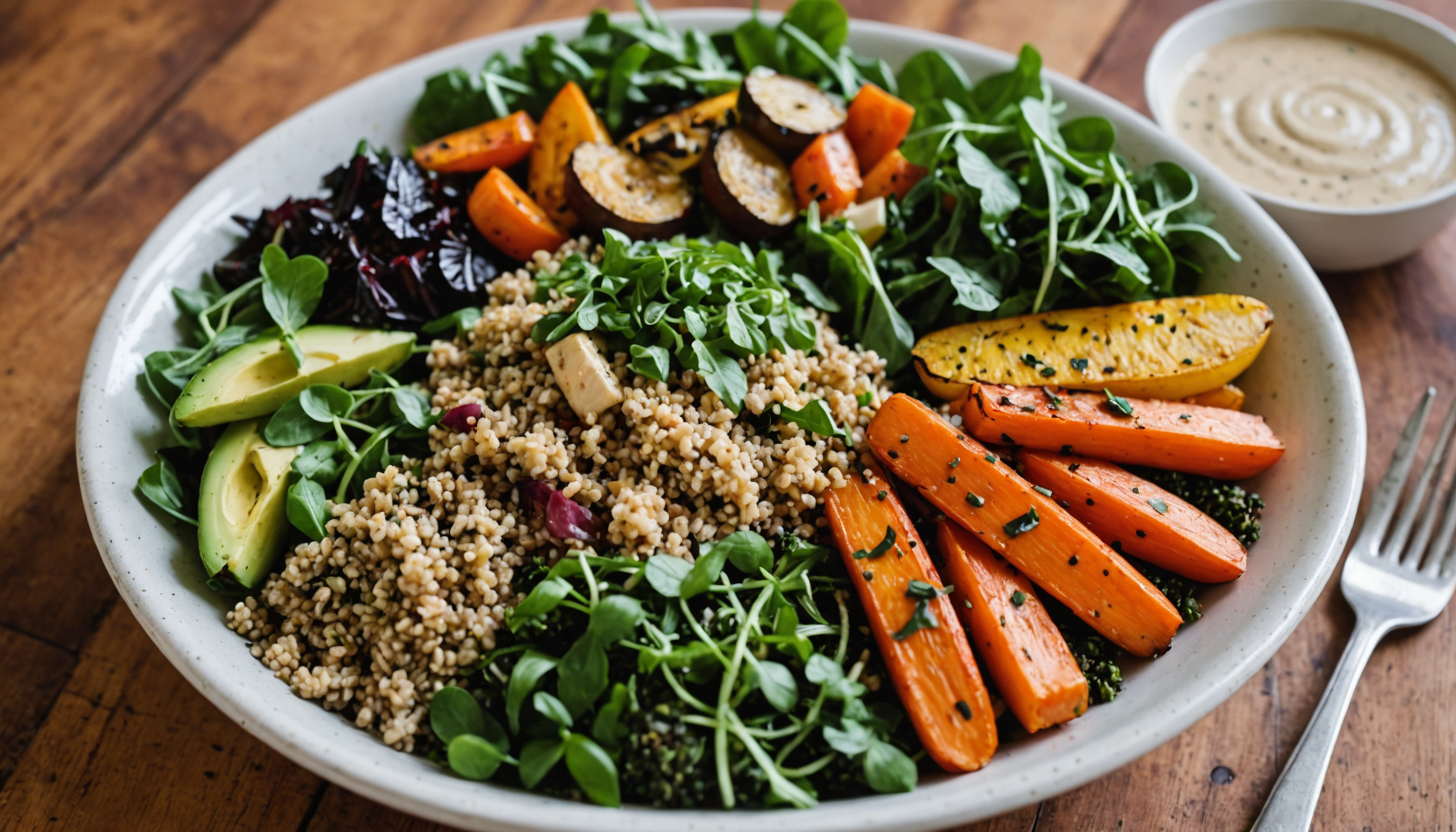
When it comes to planning quick and nutritious recipes for lunch prep, the key is to prioritize simplicity and flavor while ensuring that your meals remain balanced and satisfying. Start by incorporating a variety of nutrient-dense ingredients that can be mixed and matched throughout the week. Here are a few ideas that not only cater to busy workdays but also align with healthy eating principles:
- Grain Bowls: A great base for any meal, grain bowls can include quinoa, brown rice, or farro topped with a plethora of ingredients. Try combining cooked grains with roasted vegetables, leafy greens, and a protein source like chickpeas or grilled chicken. Drizzle a simple tahini dressing or your favorite vinaigrette for added flavor.
- Wraps and Sandwiches: Use whole grain tortillas or bread to hold together fresh ingredients. Fill them with hummus, spinach, sliced roasted turkey, and sliced avocado. Or go vegan by stuffing your wraps with roasted bell peppers, mixed greens, and a zesty black bean spread.
- Mason Jar Salads: Perfect for portability, mason jar salads can be layered in a way that keeps the ingredients fresh. Start with the dressing at the bottom, followed by sturdy veggies like cucumbers and bell peppers, then add grains, proteins, and finish with greens at the top. Just shake before eating!
- Stir-fries: In just a few minutes, you can create a colorful stir-fry using a mix of seasonal vegetables and tofu or shrimp, stir-fried in a splash of soy sauce or teriyaki. Serve over brown rice or quinoa for a filling lunch.
- Soups and Stews: Prepare a big batch of soup or stew and divide it into portions. Consider a hearty lentil soup loaded with vegetables or a spicy chickpea stew. These meals can be made ahead of time and frozen, ensuring you’ll always have something comforting ready to go.
To make nutritious cooking even more efficient, consider batch cooking. Set aside one day a week to prepare multiple meals. Dishes like chili, curry, or baked casseroles are perfect for freezing and reheating on your busiest days. This not only saves time but also reduces food waste because you can use leftover ingredients in multiple recipes.
Don’t forget to season your meals adequately to enhance flavors without adding excessive salt or unhealthy additives. Fresh herbs, spices, and citrus juices can transform even the simplest of dishes into something extraordinary. For example, try adding fresh basil to tomato-based sauces or squeeze some lemon juice over roasted veggies to brighten the flavors.
Lastly, keep your kitchen stocked with a selection of healthy pantry staples. Items like canned beans, low-sodium vegetable broth, frozen vegetables, and whole grains should always be within reach. These ingredients can be easily combined in countless ways, reducing your reliance on takeout when the weekday rush hits.
Storage and portioning tips
Using the right storage techniques and portioning methods can significantly enhance the effectiveness of your meal prep, allowing you to maintain freshness and organization throughout the week. When it comes to storing your prepped meals, the first priority is airtight containers. These are essential for preserving the quality of your food, preventing spoilage, and minimizing odors. Opt for glass containers when possible, as they are not only durable and microwave-safe but also do not leach chemicals over time, offering a healthier choice for your lunch prep.
Portion control is another vital aspect of meal prep that aids in maintaining a balanced diet. By dividing meals into individual servings, you can avoid overeating and ensure you have the right amount of nutrients at each meal. Utilize containers designed specifically for portion sizes, which often come with compartments for different food groups. This method allows you to create visually appealing meals while promoting a balance of proteins, carbs, and vegetables in your diet.
To keep your meals fresh, remember the importance of cooler temperatures. Store your meals in the refrigerator if you plan to consume them within a few days; otherwise, opt for freezing. Meals like stews, soups, and grain bowls freeze exceptionally well and can be reheated without losing their flavor or texture. Just be sure to label your containers with the date and contents, making it easier to track what’s available and preventing any guessing games during busy workdays.
Additionally, consider using vacuum sealers for items that you plan to freeze. Removing excess air can extend the shelf life of your food and prevent freezer burn, keeping your healthy eating efforts intact. For salads or meals that contain fresh ingredients susceptible to wilting, such as greens, store dressings separately to maintain texture until you’re ready to eat.
When preparing snacks for your busy workdays, provide single servings of items such as nuts, cut-up fruits, or yogurt. This approach not only promotes healthier snacking choices but also minimizes the temptation of unmeasured portions that can lead to overeating.
Incorporate the use of reusable silicone bags or containers specifically designed for snacks. They are functional, eco-friendly, and allow for easy transportation, making them a perfect solution for those on the go.
“By failing to prepare, you are preparing to fail.” – Benjamin Franklin
Taking the time to organize your meals in advance through proper storage can save you time and stress throughout the week. The goal is to create a seamless transition from preparation to consumption, allowing you to enjoy nutritious lunches without the hassle, contributing to a healthier lifestyle amidst the chaos of busy workdays.
Timing your meal prep
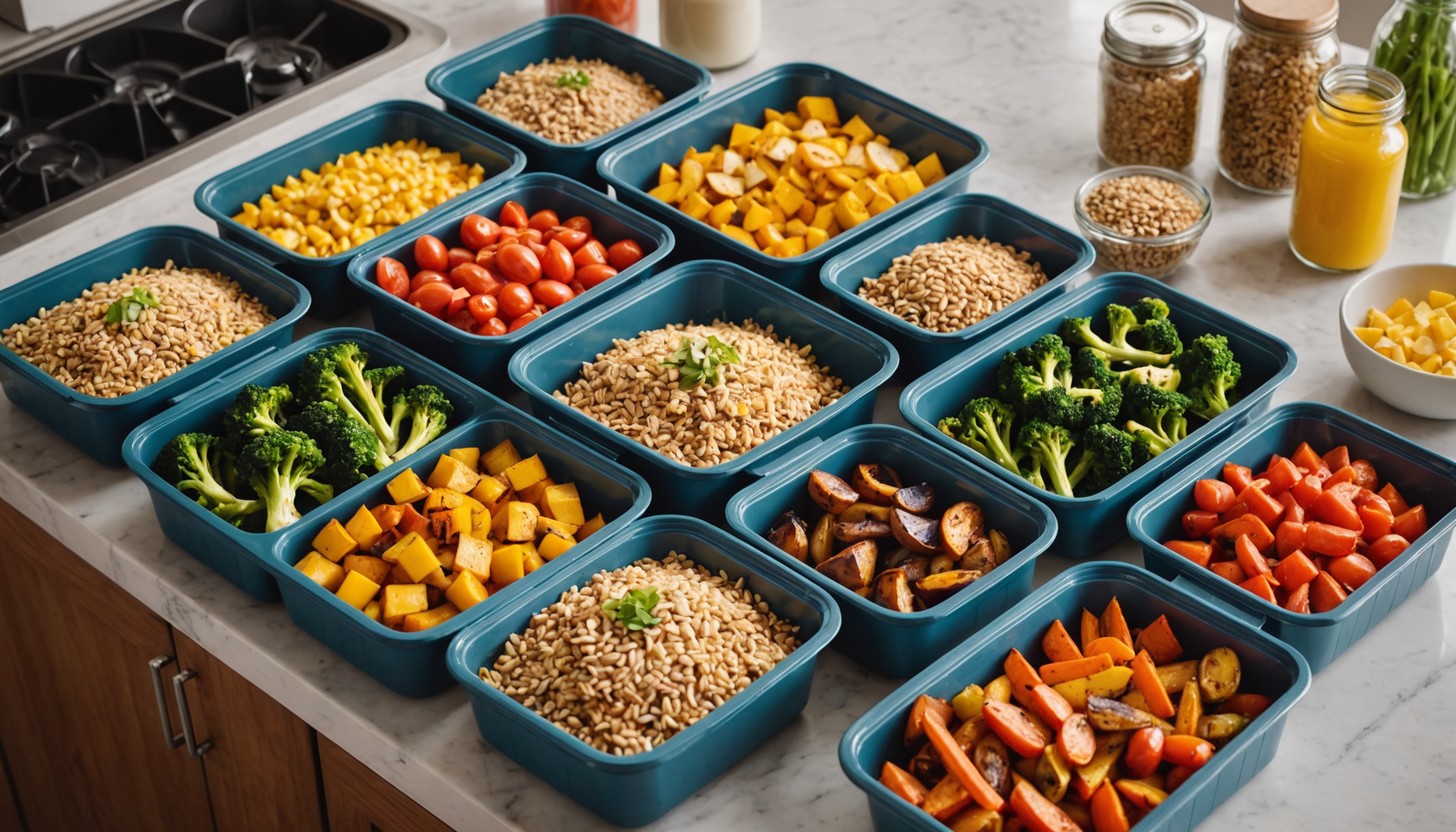 Timing your meal prep can be as crucial as the ingredients you choose for healthy eating. Strategically planning when to prepare your meals ensures that you have nutritious options ready for your busy workdays without the last-minute scramble. Consider allocating time on a specific day of the week, typically Sunday or Monday, for your lunch prep. This not only sets a routine but also allows you to utilize the energy and focus you might have at the start of the week.
Timing your meal prep can be as crucial as the ingredients you choose for healthy eating. Strategically planning when to prepare your meals ensures that you have nutritious options ready for your busy workdays without the last-minute scramble. Consider allocating time on a specific day of the week, typically Sunday or Monday, for your lunch prep. This not only sets a routine but also allows you to utilize the energy and focus you might have at the start of the week.
To further enhance this approach, try to fit your meal prep around your other weekly activities. For example, if you have a quieter day at home, that can be your designated cooking day. During these sessions, you can batch-cook grains, roast vegetables, or prepare proteins, which means that when hunger strikes during the week, you simply pull your ready-to-eat ingredients together. Setting aside a couple of hours can be invaluable—you might even find yourself enjoying the process of cooking and creating!
It’s also beneficial to consider your weekly schedule. Are there days when the evening will be particularly hectic? If so, plan to prep meals for those nights ahead of time. Having a freezer stash of ready-to-go lunches can alleviate the pressure of unhealthy takeout options when life gets busy. Label your containers with what’s inside and the date they were made; this will make it easier to know what to grab, making meal time even more efficient.
Additionally, utilize simple, efficient cooking techniques to save time. For instance, roasting multiple trays of vegetables or preparing a large pot of soup can yield a wealth of meals without requiring excessive effort. If possible, use appliances like slow cookers or Instant Pots, which can busy themselves while you engage in other activities, optimizing your time further.
Encouraging family participation in meal prep can also create a shared responsibility that not only saves time but also makes for an enjoyable experience. It is an excellent opportunity to educate everyone involved on the benefits of healthy eating, promoting awareness toward nutritious choices and the value of time management in maintaining a well-balanced diet.
- How often should I meal prep for busy workdays?
- It’s recommended to meal prep once a week, typically on weekends when you have more free time. This allows you to prepare multiple meals that can last throughout the week and minimize the need for cooking daily.
- What is the best time of day to do meal prep?
- Many find it beneficial to prepare meals in the morning or on a weekend day when there’s more time. Choosing a time that suits your schedule and energy levels can lead to a more productive prep session.
- Are frozen meals as nutritious as fresh ones?
- Yes, frozen meals can retain much of their nutritional value when prepared and stored properly. Freezing meals helps preserve flavor and nutrients, making it a great option for your lunch prep.
- How do I keep track of the meals I’ve made for the week?
- Labeling your containers with the meal name and date can help you keep track of what you have available. You can also create a meal planner or list that outlines what you’ve prepared and when it should be consumed.
- What kinds of containers are best for meal prep?
- Glass containers or BPA-free plastic containers with airtight lids are ideal for meal prep. They help keep food fresh and are safe for microwave use, which is convenient for reheating!
- Can I incorporate snacks into my meal prep?
- Absolutely! Snacks can be integrated into your meal prep by portioning items like nuts, veggies with hummus, or yogurt into convenient containers, making healthy choices readily available.
- What are some quick meals I can prepare in advance?
- Consider preparing grain bowls, wraps, salads in jars, stir-fries, or soups in bulk. These options are not only quick to make but can easily be stored and reheated, offering both convenience and nutrition.
Balancing nutrition with convenience
To strike a balance between nutrition and convenience while grocery shopping, it’s essential to approach the aisles with a clear vision of your healthy eating goals. Planning ahead not only saves time but also enhances the quality of your meals that will fuel your busy workdays.
Start with a Shopping List: Begin your grocery journey by crafting a detailed shopping list based on the meals you plan to prepare. This list should reflect any dietary restrictions and preferences, whether you’re leaning toward plant-based vegan options or seeking high-protein choices to support your fitness goals. The more specific you are, the less likely you are to make impulse buys that could derail your budget or health objectives.
Choose Fresh and Local: When possible, shop at local farmers’ markets or consider joining a community-supported agriculture (CSA) program. These options often provide fresh, seasonal produce and support local farmers, which can be both more nutritious and budget-friendly. Seasonal items like zucchini, tomatoes, and leafy greens not only taste better but also tend to be more affordable. Incorporating local foods ensures freshness and contributes to sustainable eating habits.
Embrace Whole Grains: Whole grains are an excellent foundation for many healthy lunch prep meals. Items like quinoa, farro, and barley can be cooked in bulk and used throughout the week. They serve as the perfect base for bowls, salads, and wraps. Many grocery stores also offer bulk section options for these grains, allowing for cost-effective purchases while minimizing waste. Simply fill a reusable bag with your preferred grains and weigh them at the register.
Mindful Protein Choices: In terms of protein, consider both animal and plant-based sources. Canned beans, chickpeas, and lentils are economical and versatile, making them ideal for quick meals. If you prefer vegan items, look for meat substitutes like tempeh or tofu, which can easily absorb the flavors of herbs and spices used in your cooking, transforming simple meals into delectable experiences.
Safety in Online Shopping: If online shopping is your preferred method, safety cannot be overlooked. Always use trusted websites and look for secure payment options. Be wary of deals that seem too good to be true, especially with perishable goods. Check for user reviews to ensure the quality of the items, and consider buying from vendors that specialize in organic and healthy foods.
Check Expiration Dates: Whether in-store or online, checking the expiration dates is crucial. This will help you gauge how long you can keep the food fresh. Make it a habit to select items with the furthest expiration dates; this is particularly important for perishable items, such as dairy, deli meats, or frozen goods.
Bulk Buying vs. Single Purchases: When buying in bulk, ensure that the items are things you will use regularly. While bulk items like nuts or grains can save money in the long run, it’s vital not to buy in excess if you won’t be consuming them before they go bad. For fresh produce, consider purchasing smaller quantities unless you have a clear plan to use everything throughout the week.
Healthy Snacking: Don’t forget about snacks! Prepare by portioning out healthy snacks such as baby carrots, hummus, or mixed nuts in individual containers. This practice can prevent mindless snacking and support your healthy eating journey amid a busy workday. Look for pre-portioned options in the store that meet dietary guidelines, saving you the hassle of measuring.
With these tips in mind, grocery shopping can transform from a chore into an efficient means of achieving your health goals. Prioritize fresh, wholesome foods and safety measures, and you’ll be well on your way to enjoying nourishing meals ready to go during your hectic workweek.
New Customers Offer!
Free Gift for the new customer
$24 Value, When You Subscrib Visit Thrive Market
